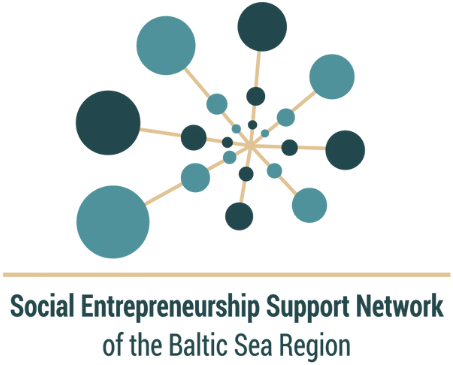Impact Measurement Methodology
-
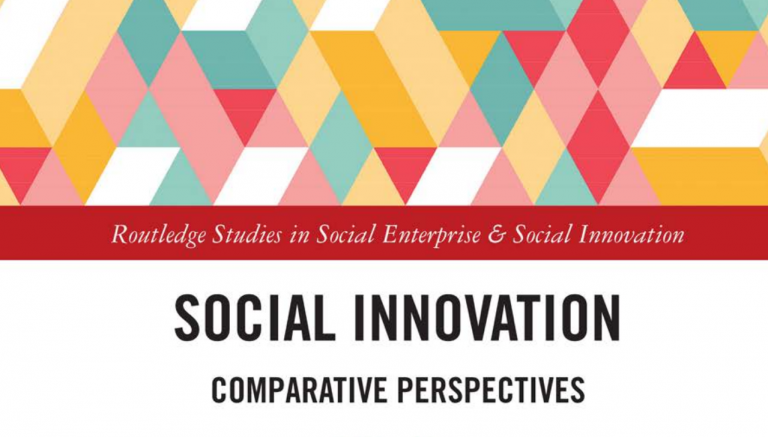
BOOK
Social Innovation: Comparative perspectivesSocial innovation is a topic that is more and more being discussed on both national and European levels (hence, the announcement of this being…
-
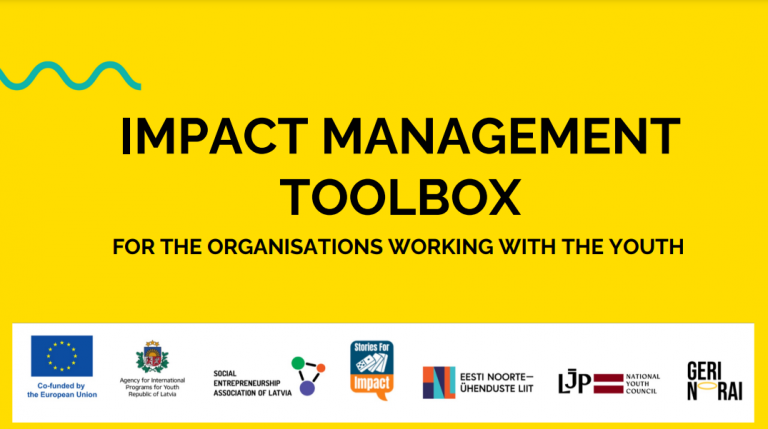
IMPACT MANAGEMENT TOOLBOX
For the organisations working with the youthThis toolbox helps organizations and organizers to plan, implement and communicate the positive changes that they aim to create with their initiative or organisation in the lives…
-
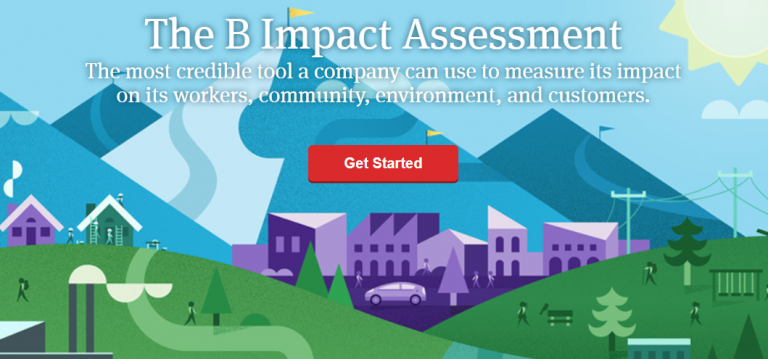
B Impact Assessment
B Impact Assessment Developed by B Lab, a non-profit organization dedicated to using the power of business as a force for good, the B Impact…
-
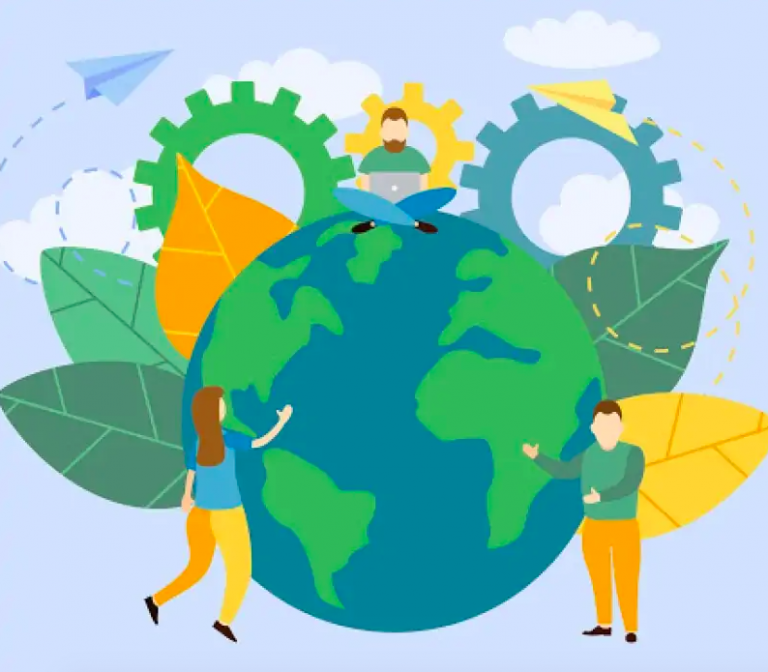
SE Impact Tool to assess impact measurement, planning, and implementation.
SE Impact Tool This tool is developed for helping social entrepreneurs and people working in the SE field to assess their perceptions of SE…
-
Wises’ Social Impact Measurement in the Baltic States
WISEs’ Social Impact Measurement in the Baltic States Audrone UrmanavicieneTallinn University DOI: https://doi.org/10.13135/2704-9906/5091 Keywords: Social enterprise, WISEs, Social impact measurement, Measurement indicators ABSTRACT WISEs devote most…
-

An Overview of Baltic Youth Impact
A consortium of partners has released a paper on impact management needs and challenges of youth associations in the Baltics, and the best practice…
-
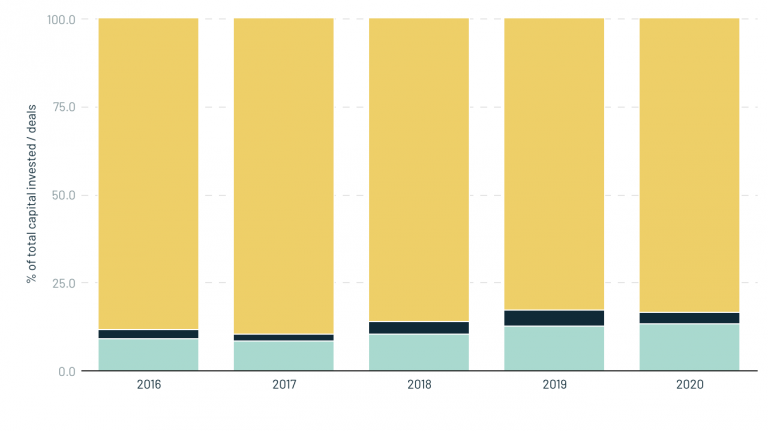
In France, a mission-based approach is seen as a commitment versus an opportunity!
Inspiration from France! In France, a mission-based approach is seen as a commitment versus an opportunity – La Loi Pacte was amended to encourage…
-
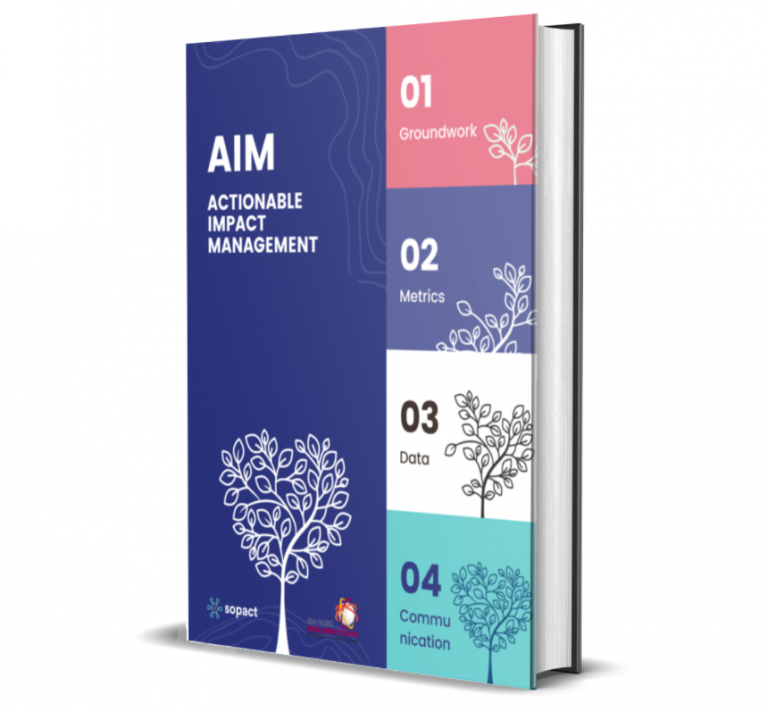
Actionable Impact Management – A Roadmap for Your Organisation
Actionable Impact Management (AIM) is designed to assist in defining an internal organizational framework. This is executed by establishing an enduring impact measurement process…
-

SDG Impact Assessment Tool
I you as a social entrepreneur want to work with the SDG´s the SDG Impact Assessment Tool can be a useful tool to visualizes…
-
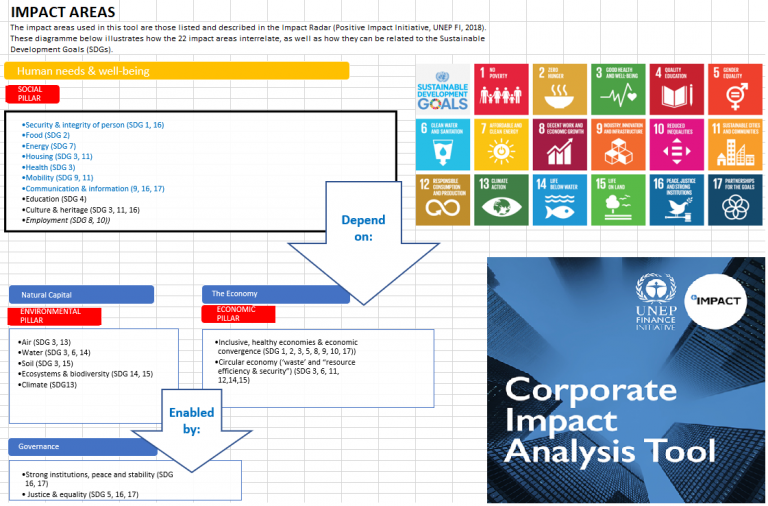
Corporate Impact Analysis Tool by UNEP FI
Picture taken from Corporate Impact Measurement tool Initially Corporate Impact Analysis Tool was developed for banks and investors to gain a cross-cutting view of the…
-

Green Care -based wellbeing services and impact? How to.
Natural Resource Center in Finland has published learning materials and a workbook about modelling and measuring your wellbeing service’s impact. The materials are available…
-

Measuring the Good – Developing Impact Measurement in Finland.
(NOTE: The links from this article refer to pages that are currently only available in Finnish) Finnish association for social enterprises ARVO has partnered…
-

Ten Reasons Not to Measure Impact—and What to Do Instead
It’s important for every social enterprise – especially the small ones with fewer resources to place their focus on right things. Making impact happen.…
-
Deloitte Social Investment Leveraging Index in CEE
The new Deloitte Social Investment Leveraging Index (DSILI) developed by Deloitte in partnership with EVPA and GSEN provides arguments on why investing for impact through social…
-
News from Finland: New impact management system for social enterprises
Arvoliitto – The association for social enterprises in Finland and Laatukeskus – Excellence Finland – The Finnish Association for Quality have started to develop…
-

Four types of Impact
As social entrepreneurs we have become quite familiar with the term impact, as it’s the way we bring our mission vision statement to life…
-
Finnish Online courses on impact assessment
Want to learn how to develop skills in impact assessment or writing a story about your impact? Impact assessment online courses are now available…
-

Unleashing the Impact of your Social Enterprise
Recent exploration on worldwide known educational platform Coursera has lead to discovery of some valuable resources, which might help social entrepreneurs in defining the…
-

Steps towards impact – Tools and examples
We all long for simple tools and examples how to understand the logic of stepping towards social impact. Finnish innovation fund Sitra has for…
-

Helping social ventures scale their impact
This content is delivered to you in the framework of the SEBS2 project co-funded by the Erasmus+, as our aim is to popularize social…
-

Eestikeelne ühiskondliku mõju hindamise käsiraamat
Sotsiaalsete Ettevõtete Võrgustik andis välja ühiskondliku mõju hindamise käsiraamatu nii eesti (LINK siin) kui inglise keeles (LINK siin). Õppematerjaliks sobiva raamatu autoriks on Jaan…
-

Selected impact analysis resources in English
Hereby please find some of the greatest hits of impact analysis materials in English. Be inspired and guided! A toolkit for charities, voluntary organisations and…
-
Impact analysis resources in national languages
While most of impact analysis materials are still available only in English, there are luckily more and more materials also in national languages of…

